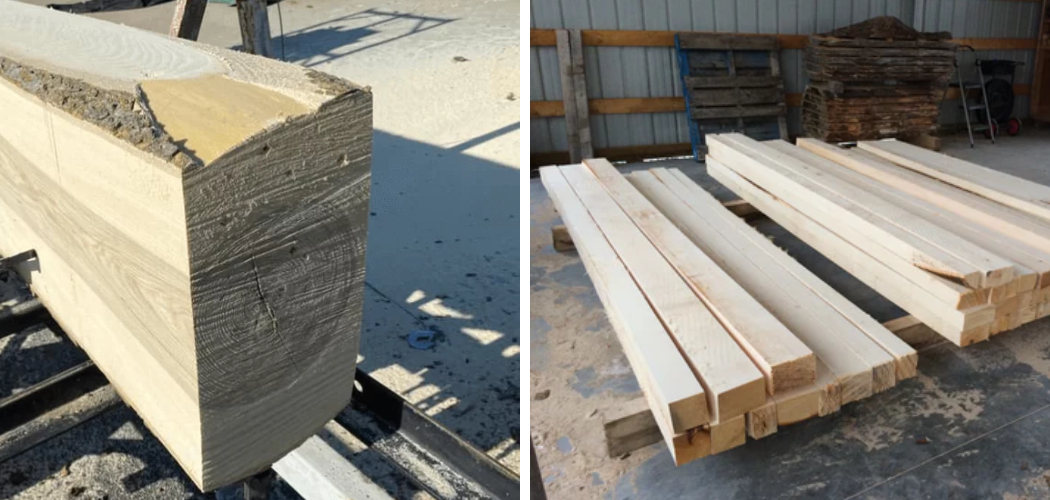Are you looking for the best way to seal basswood before painting? Well, you’re in luck – we’ve got some great advice!
If you are looking for a lightweight, versatile wood to use in DIY projects, then basswood is an ideal choice. It can easily be carved and shaved into intricate shapes and sizes, and it has a soft texture that radiates with luster when polished.
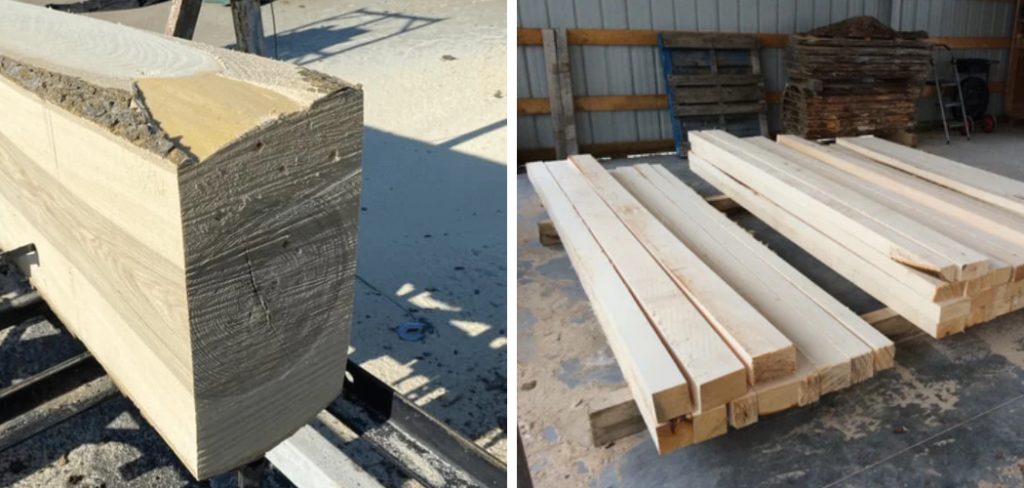
But while basswood is easy to work with, the material’s porous nature means that certain steps must be taken before painting or staining if you want to protect it from harsh weather conditions and other external elements.
In this blog post, we’ll discuss how to seal basswood before painting so that your project lasts for many years with minimal maintenance required.
What are the Benefits of Sealing Basswood?
Sealing basswood has a few key benefits, particularly when it comes to staining and painting. The sealant will protect the wood from environmental damage as well as prevent any moisture or oils that may seep into the material.
Additionally, it will help to bring out an even color when you’re staining and give a smooth finish when painting so that there are no visible brushstrokes.
Another, less obvious benefit is that it will save you time in the long run. Without a sealant, you’ll need to sand and refinish your basswood more often, which can be tedious.
What Will You Need?
Before starting, gather the following supplies:
- Sandpaper (medium and fine grit)
- Primer
- Sealant of your choice (we recommend water-based latex or acrylic sealant for basswood)
- Paintbrush/roller
Once you have all the materials, you’re ready to get started.
10 Easy Steps on How to Seal Basswood Before Painting
1. Sanding:
Start by sanding your basswood with medium-grit sandpaper until it is smooth and free of any splinters or rough spots. Once complete, move on to fine-grit sandpaper for a more refined finish. It’s important to sand in the direction of the wood grain, not against it.
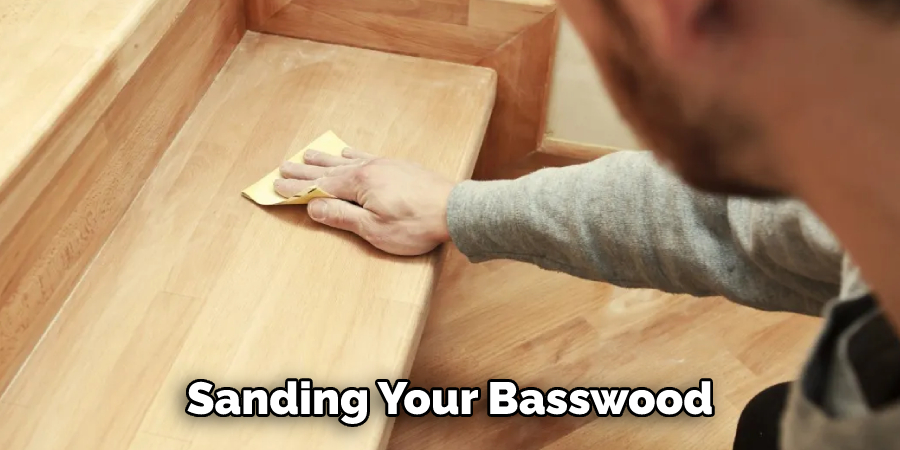
2. Wipe Down:
Wipe down the surface of the basswood with a damp cloth to remove any wood dust and debris. Make sure to allow it to dry completely before moving on to the next step. Try to avoid touching wood with your hands as much as possible.
3. Primer:
Apply one even coat of primer, using either a paintbrush or roller. While it might seem like an unnecessary step, primer helps ensure that your sealant and paint adhere properly and will last longer than they would without it. If you’re staining, skip this step.
4. Sealing:
Once your primer is dry, apply one even coat of sealant with a brush or roller – depending on how much coverage you need. Make sure to go over all edges, nooks, and crannies to ensure that your sealant covers every part of the basswood. Be careful not to apply too much sealant – it should be a thin layer.
5. Allow To Dry:
Allow the sealant to dry completely before moving on to the next step. This can take anywhere from a few hours to a couple of days, depending on how humid or cold it is outside. You can check if it’s ready by lightly pressing your finger against the surface – if it leaves a mark, then you should wait a bit longer.
6. Sand Again:
Once your sealant has dried, lightly sand lightly with fine-grit sandpaper for a smooth surface that will allow your paint job to look professionally done. Using a light touch here is important, as it is easy to sand away too much of the sealant. As with the previous step, use a damp cloth to wipe away any wood dust or debris.
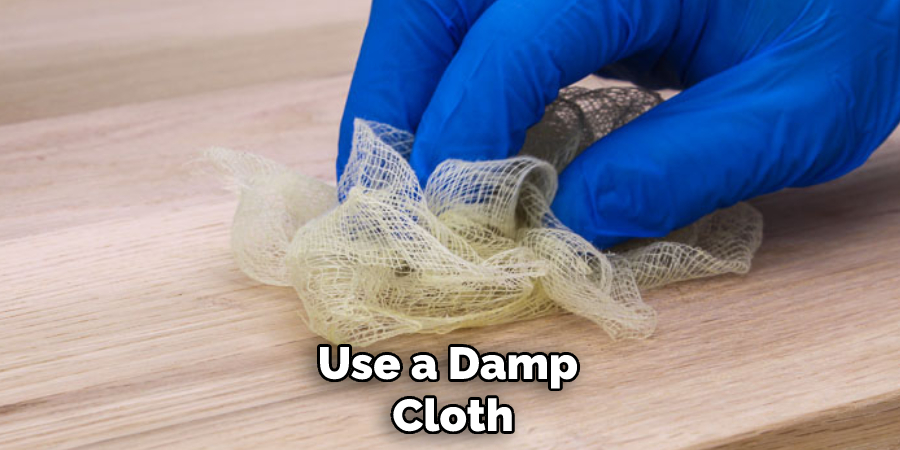
7. Wipe Down Again:
Right before painting, wipe down the surface one more time with a damp cloth so that any dust or residue left behind by the sanding is removed. You can also use a tack cloth to do this instead. It is important to do this step as it will help your paint adhere better and ensure that no dirt or debris gets stuck in the finish.
8. Paint:
Apply one or two even coats of paint using either a brush or roller. Make sure to cover all edges and nooks, and crannies for an even finish. Allow the first coat to dry completely before applying the second (if needed).
9. Seal Again:
Once your paint job has dried, apply a thin layer of sealant over the top for extra protection against moisture and wear-and-tear damage. This will help ensure that your basswood project stays looking great for many years to come! Additionally, it will provide a slight sheen to the finished project.
10. Check For Any Final Touches:
Finally, check your project for any areas needing a touch-up. If so, apply the necessary paint or sealant and allow it to dry before displaying. It is always better to be safe than sorry!
By following these steps, you should have no problem sealing basswood before painting. Properly sealed and painted basswood can last for many years with minimal maintenance required – so it’s well worth the effort!
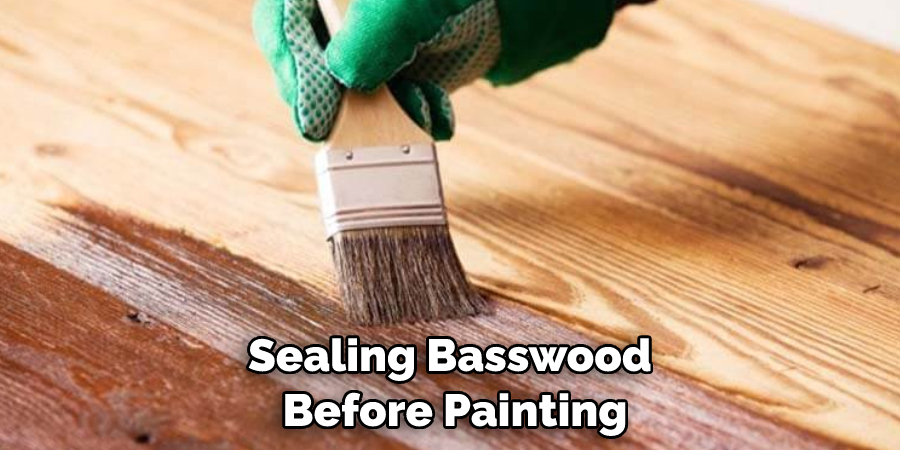
5 Additional Tips and Tricks
1. Inspect the basswood for imperfections before sealing it with a thin wood filler or sandpaper layer. This will help ensure that the sealer adheres evenly and properly.
2. Take your time to rub the sealer into the wood grain using a brush or cloth. Ensure that there are no gaps in the coverage and that all surfaces of the basswood have been covered with an even layer of sealer.
3. When applying multiple layers, allow at least 3 hours between each application so that it can dry thoroughly.
4. After applying all layers of sealer, lightly sand lightly with fine-grit sandpaper to ensure a smooth finish before painting.
5. Don’t forget to prime before painting for added protection and stability of color over time! Sealing the basswood before painting will help ensure that your project lasts for years to come.
Thus, these are some tips and tricks that you should follow to seal basswood before painting properly. A good sealer can make all the difference in how long your masterpiece lasts and how great it looks! Have fun creating beautiful projects with your newly sealed wood!
5 Things You Should Avoid
1. Avoid using a water-based sealer for basswood. This type of sealer can cause the wood to swell and warp, making it difficult to paint.
2. Don’t use regular wood glue or any other adhesive on the wood before painting. Adhesives can interfere with how the paint adheres to the wood and how it looks when finished.
3. Don’t apply any kind of wax or furniture polish onto the wood before you start painting, as this may also affect how well your paint sticks to the surface of your project.
4. Don’t sand too much before applying primer or paint to basswood, as this could create an uneven surface that won’t look good once painted over.
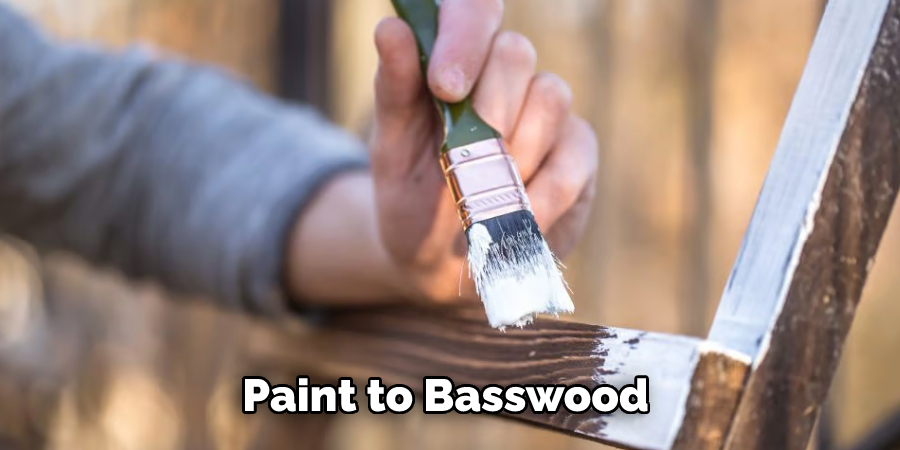
5. Lastly, avoid using oil-based sealers as this could cause yellowing of the paint over time. This is why choosing the right type of sealer for your project is important before you start painting.
Sealing basswood before painting is an essential step that should not be overlooked. Following these tips will help ensure that your paint job looks its best and lasts longer. With a little care and attention, your basswood projects can turn out to look great!
Is Basswood a Porous Wood?
Yes, Basswood is a soft, lightweight wood that is very porous in nature. Because of this, it needs to be sealed before painting to ensure the paint adheres properly and the finish looks its best. With the right sealer and patience, you can ensure your basswood projects look their best!
By following these steps and avoiding any potential pitfalls, you can ensure that your basswood project will look great when finished. Doing a bit of research beforehand and taking extra care during the process will pay off in the end with a beautiful finished product. So go ahead and get started on your next project today!
Conclusion
As we’ve seen, sealing basswood before painting is a very important process. Not only does it ensure your paint will stay put, but it also helps protect the wood itself against any moisture that could cause warping or other damage. When you seal basswood, use a clear, thin coat of sealer that lets you still see through the wood grain. You can use multiple coats of sealer and sand lightly in between applications to get the best results.
Don’t be afraid to experiment with different types of sealers to find out which type works best for your project. With a little preparation and research, you can successfully create beautiful projects using sealed basswood as your base material!
Hopefully, the article on how to seal basswood before painting has given you a better understanding of how to prepare your wood before painting properly.

